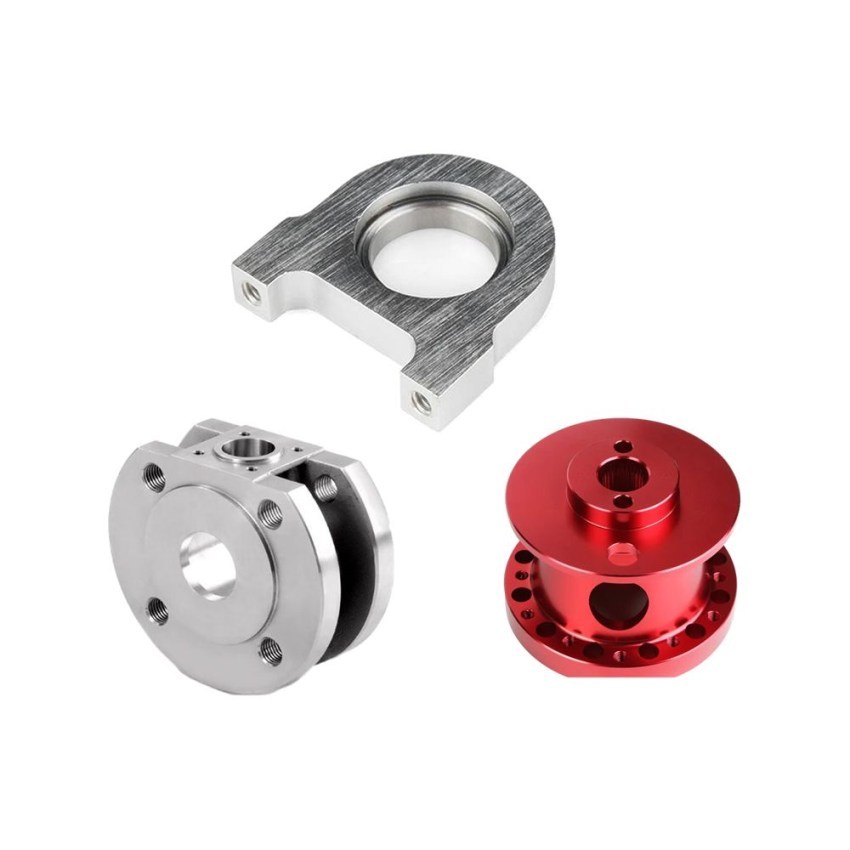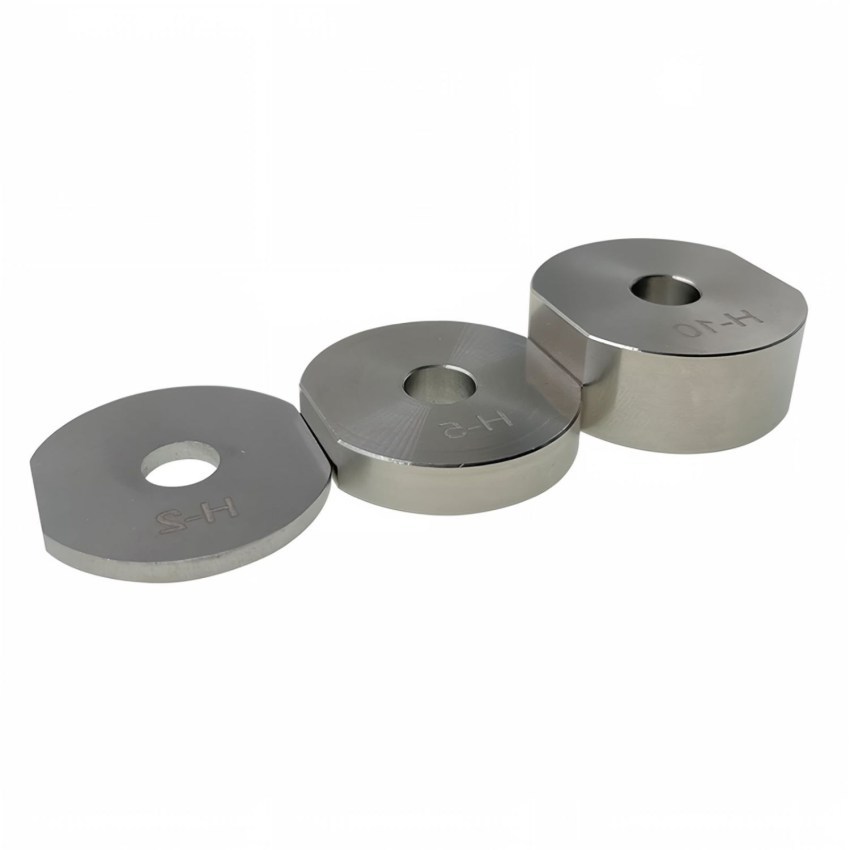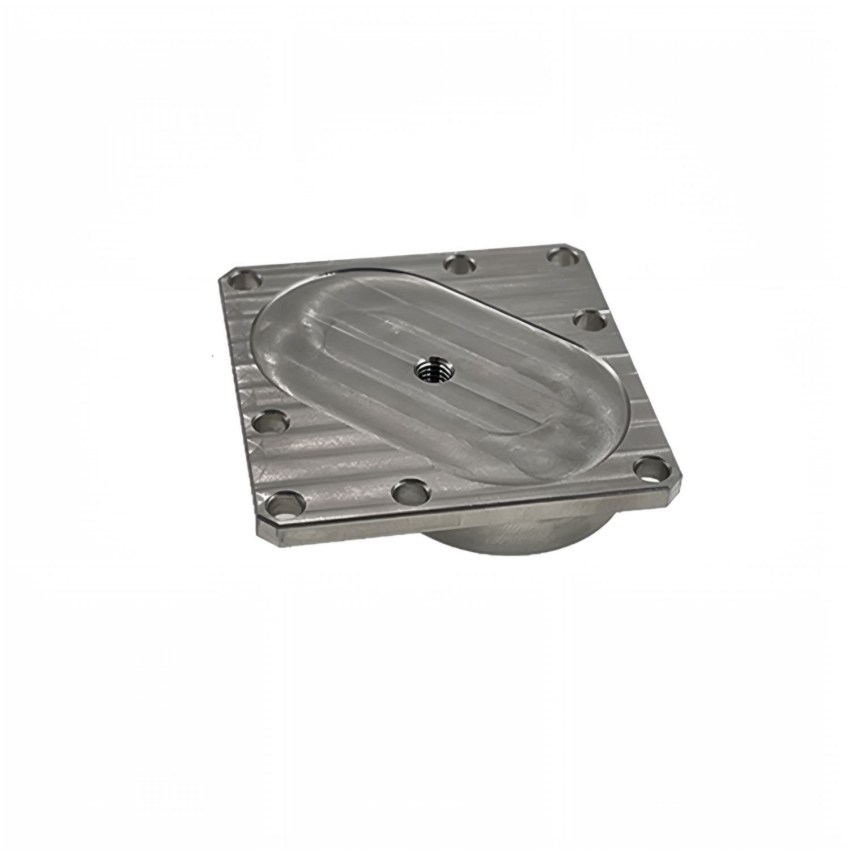How to Choose the Right CNC Sheet Metal Cutting Machine: A Comprehensive Guide
Release time:
2025-05-30
How to Choose the Right CNC Sheet Metal Cutting Machine Table of Contents 1. Understanding CNC Sheet Metal Cutting Machines 2. Types of CNC Sheet Metal Cutting Machines 2.1 Laser Cutting Machines 2.2 Plasma Cutting Machines 2.3 Waterjet Cutting Machines 2.4 Punch Press Machines 3. Key Factors to Consider When Choosing a CNC Machine 3.1 Material Type and Thickness 3.2 Production Volume 3.3 Precisio

How to Choose the Right CNC Sheet Metal Cutting Machine
Table of Contents
1. Understanding CNC Sheet Metal Cutting Machines
2. Types of CNC Sheet Metal Cutting Machines
2.1 Laser Cutting Machines
2.2 Plasma Cutting Machines
2.3 Waterjet Cutting Machines
2.4 Punch Press Machines
3. Key Factors to Consider When Choosing a CNC Machine
3.1 Material Type and Thickness
3.2 Production Volume
3.3 Precision and Tolerances
3.4 Software Compatibility
3.5 Budget and ROI
4. Evaluating Machine Features
4.1 Cutting Speed and Efficiency
4.2 Maintenance and Durability
4.3 Safety Features
5. The Importance of Supplier Reputation and Support
6. Common Mistakes to Avoid When Buying a CNC Machine
7. Frequently Asked Questions
8. Conclusion
1. Understanding CNC Sheet Metal Cutting Machines
CNC (Computer Numerical Control) sheet metal cutting machines are at the forefront of modern manufacturing processes, providing precision and efficiency for a variety of applications. These machines utilize computer programming to control the movement of tools and machinery, allowing for highly accurate cuts in various materials. Understanding the fundamental principles behind CNC machines is crucial for making the right choice for your business.
2. Types of CNC Sheet Metal Cutting Machines
When selecting a CNC sheet metal cutting machine, it’s essential to consider the different types available, each with its unique advantages and applications.
2.1 Laser Cutting Machines
Laser cutting machines use a focused beam of light to melt or vaporize material. They are renowned for their high precision and ability to cut intricate designs. Ideal for thin to medium materials, laser cutters provide exceptional edge quality and minimal thermal distortion.
2.2 Plasma Cutting Machines
Plasma cutting machines utilize ionized gas to cut through conductive materials. They are highly effective for thicker metals and are favored in industries requiring rapid cuts. While plasma cutting offers less precision than laser cutting, it is faster and more versatile in terms of material thickness.
2.3 Waterjet Cutting Machines
Waterjet cutting relies on high-pressure water mixed with abrasives to cut through materials. This method is particularly beneficial for sensitive materials that can't withstand high temperatures, such as glass or certain plastics. Waterjet cutting provides smooth edges and reduces the risk of warping.
2.4 Punch Press Machines
Punch press machines operate by using a punch and die system to cut shapes out of sheet metal. This method is efficient for producing high volumes of parts with consistent shapes. However, punch press machines may not be as versatile as other cutting methods when it comes to material types.
3. Key Factors to Consider When Choosing a CNC Machine
Selecting the right CNC sheet metal cutting machine involves understanding your specific needs and the capabilities of different machines.
3.1 Material Type and Thickness
The type of material you plan to cut is a crucial factor. Different machines excel with various materials, such as steel, aluminum, or specialty alloys. Additionally, consider the thickness of the materials, as certain machines are designed for thicker materials while others are optimal for thinner sheets.
3.2 Production Volume
Your production volume will influence the type of CNC machine you should choose. For high-volume production, investing in a more automated and efficient machine may be worthwhile. Conversely, for low-volume or prototype work, a less expensive option may suffice.
3.3 Precision and Tolerances
Precision is vital in manufacturing. Evaluate the tolerances you require for your projects and ensure the CNC machine you choose can meet those specifications. Laser cutting typically offers the highest precision, while plasma cutting is better suited for applications where slight variations are acceptable.
3.4 Software Compatibility
Ensure the CNC machine’s software is compatible with your existing design tools. Many CNC machines come with proprietary software, while others can integrate with popular CAD/CAM systems. Compatibility will ensure a smoother workflow and reduce potential issues down the line.
3.5 Budget and ROI
Establishing a budget is essential. Consider not just the upfront cost of the machine but also operational costs, maintenance, and the expected return on investment (ROI). A higher initial investment may lead to greater savings and efficiency in the long run.
4. Evaluating Machine Features
Examine the features of different CNC sheet metal cutting machines to ensure they align with your needs and expectations.
4.1 Cutting Speed and Efficiency
Cutting speed is an important factor, especially when working with large volumes. Look for machines that offer a good balance between speed and quality. Efficiency in cutting can significantly impact overall production costs.
4.2 Maintenance and Durability
Consider the maintenance requirements and durability of the CNC machine. Machines that require frequent maintenance can lead to downtime and increased costs. Look for models known for their reliability and ease of maintenance.
4.3 Safety Features
Safety should never be overlooked. Ensure the CNC machine is equipped with adequate safety features, such as emergency stops, shielding, and safety sensors. A focus on safety will protect your operators and reduce the risk of accidents.
5. The Importance of Supplier Reputation and Support
The reputation of the machine supplier is as critical as the machine itself. Look for suppliers with a proven track record of quality and customer service. Reliable support and service agreements can make a significant difference in the longevity and performance of your CNC machine.
6. Common Mistakes to Avoid When Buying a CNC Machine
In the process of selecting a CNC sheet metal cutting machine, avoid these common pitfalls:
- **Rushing the Decision**: Take the time to research thoroughly and evaluate different options.
- **Ignoring Specifications**: Always align machine capabilities with your specific requirements.
- **Neglecting Support and Warranty**: Ensure you understand the support and warranty options available.
- **Underestimating Operational Costs**: Consider both upfront and ongoing costs before deciding.
7. Frequently Asked Questions
What is the best type of CNC cutting machine for beginners?
For beginners, a laser cutting machine often provides ease of use and versatility, making it a great starting point.
How do I determine the right machine size for my workshop?
Assess your available space and the size of the materials you will be working with to determine the appropriate machine size.
What maintenance is required for CNC sheet metal cutting machines?
Regular maintenance includes cleaning, lubrication, and routine inspection of components. Follow the manufacturer's guidelines for specific requirements.
Can CNC machines cut different types of metals?
Yes, many CNC machines can cut various metals, but some are more suited for specific materials. Always check the machine specifications.
What is the average lifespan of a CNC machine?
The lifespan of a CNC machine can vary widely depending on the type, usage, and maintenance but typically ranges from 10 to 20 years.
8. Conclusion
Choosing the right CNC sheet metal cutting machine is a substantial investment that can greatly impact your manufacturing efficiency and product quality. By understanding the different types of machines available, evaluating key factors such as material type, production volume, and precision requirements, and considering supplier reputation, you can make an informed decision. Take your time to research and weigh your options, ensuring that the machine you select aligns with both your current and future needs. Ultimately, the right CNC machine will enhance your operations, improve productivity, and contribute to your bottom line.
Key words:





